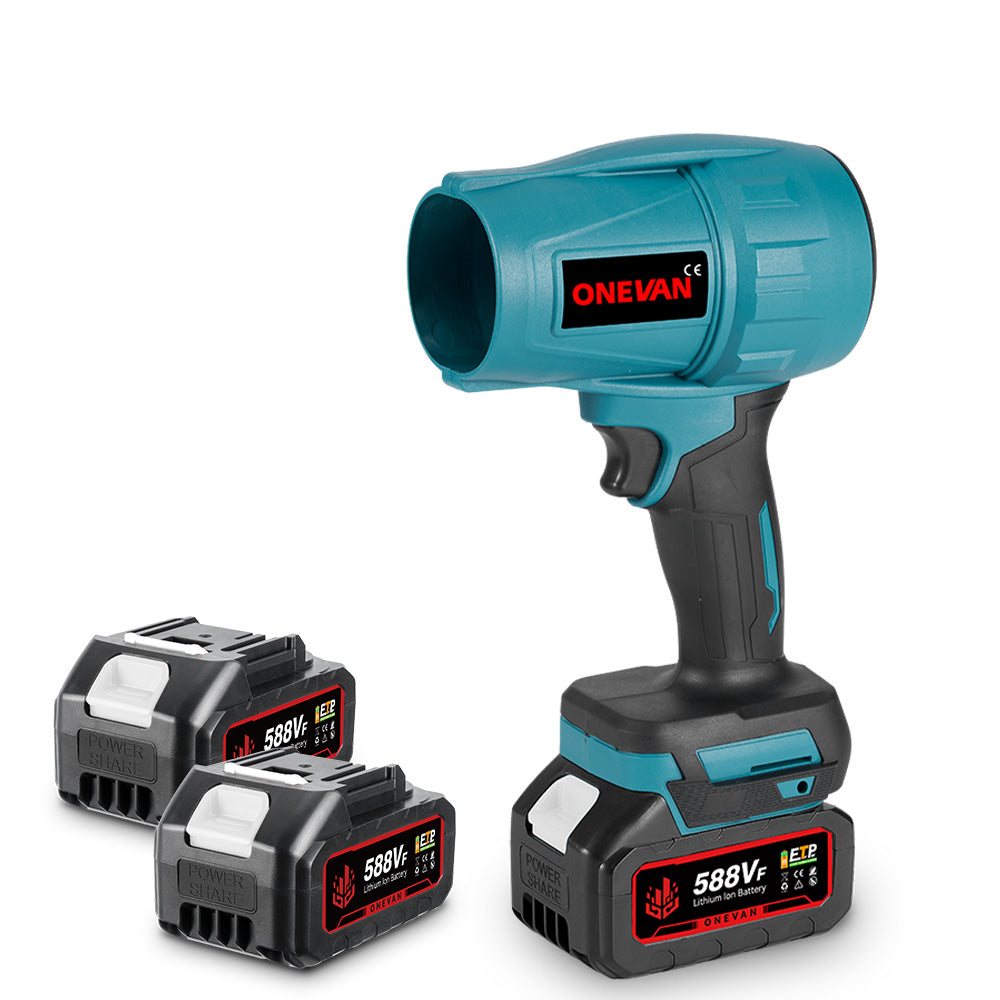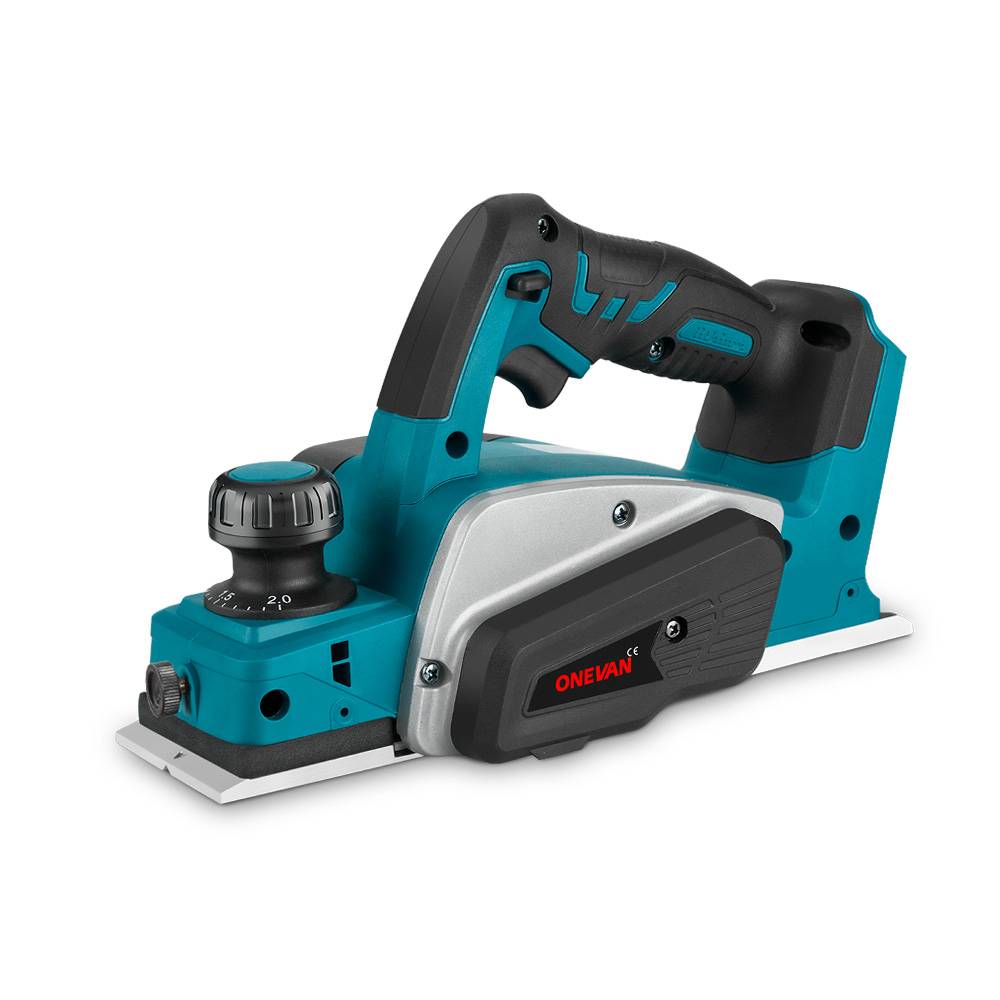1. Introduction
Maintaining the health of trees, hedges, and large shrubs is an essential aspect of landscaping and garden care. But everyone who has ever tried to balance on a wobbly or unstable ladder while using a heavy chainsaw understands how uncomfortable and unsafe this job can be. That is where the pole saw wins.
This article offers a closer examination of the purpose of a pole saw, its mechanics, and its significance to both homeowners and professional gardeners. You will learn how a pole saw works, the wide range of jobs it can be used for, its differences from other cutting tools, and the safety precautions all users must follow. You will not only be well informed of what pole saws are used for by the end of this paper, but you will also be in a better position to select the right model to use in your yard or garden.
2. What is a Pole Saw?
A pole saw is a small chainsaw that features a long, telescoping handle. The head features a small guide bar and a rotating chain blade, and the pole, typically six to ten feet long, enables you to remove high branches without the need for a ladder. The majority of the designs come with a trigger or power switch that the handle can readily access, ensuring you are in control, even when working overhead.
There are various power sources available in the modern world, including corded electric, gas, and battery-operated. One popular example is the cordless version, such as the ONEVAN 8-inch telescoping cordless pole saw, which has gained popularity among users for its excellent cutting power and maneuverability. Another star model is the ONEVAN 8-inch cordless 2-in-1 Pole Chainsaw, praised for its modern design and high-quality performance, which is, for obvious reasons.
3. How Does a Pole Saw Work?
The mechanics are neither complicated nor inefficient. When the power is switched on, the motor moves the chain around the guide bar at high speed. The sharp teeth slice through the fibres of wood without any trouble as you direct the blade to the branch. The long pole serves as an extender for the reach system and a lever that provides a mechanical advantage, enabling you to remain with your feet firmly on the ground.
A cordless pole saw features a rechargeable battery, typically lithium-ion, which provides consistent power without the need for cords or fuel mixing. Most yard projects can be accomplished with a battery-powered tool that has a continuous cutting range of up to an hour. This design minimizes operational costs associated with fuel and maintenance while eliminating exhaust emissions, which is why many homeowners and landscapers prefer cordless models.
4. Primary Uses of a Pole Saw
Tree Trimming and Pruning
Trimming of trees is the primary use of a pole saw. Branches that are dead, diseased, or overgrown may pose a threat to property; they can also block sunlight and obstruct the growth of healthy trees. With a pole saw, you can cut these high branches without climbing, and the chances of falls are also minimised.
To illustrate, consider a maple tree in your backyard with branches hanging lethally near your roof. They can be removed with the use of a pole saw within minutes. A portable, light cordless version allows you to go in and out of a narrow garden and around flowerbeds without pulling an extension cord. Frequent pruning not only saves your house but also promotes the ease of airflow and sunlight in the remaining branches.
Maintaining Yard and Garden
A pole saw is also very useful for maintaining the yard, beyond just the trees. Ornamental trees, hedges, and climbing plants can eventually grow thick and unattractive. You can bend these plants to achieve the desired appearance by adjusting the saw's overhead angle or angling it.
A cordless pole saw simplifies maintenance, allowing users to move freely around the property without being hindered by power cords. One does not even need to go out to find outlets or struggle with cords. You can cut a row of tall hedges or clear down the loss of limbs by heavy winds, but a pole saw makes the job much easier, and you are safely on the ground, and you can also make clean and precise cuts, which can beautify your landscape.
Cutting Down Small Trees and Saplings
A sturdy pole saw can cut down small trees and dense saplings, typically up to approximately four to six inches in diameter, depending on the model. This comes in especially handy when clearing out an area to install a new garden bed or removing a tree that is over a fence line.
Safety is paramount, starting with a careful assessment of the tree’s lean, its environment, nearby obstacles, and overall condition to ensure safe cutting. You can cut an undercut on the side upon which you want the tree to fall, and a top cut on the other side. It is much safer to work on the ground with a pole saw than to climb up. The ONEVAN cordless pole saw, featuring a constant battery output and an ergonomic grip, provides both control and adequate torque to handle various tasks.
5. Secondary Uses of a Pole Saw
Clearing Overgrown Areas
Unused areas in a yard can quickly become overgrown with brush and invasive vegetation. A pole saw will saw through thick vines, thorny shrubs, or thick brambles without the need to stand in the vegetation. You can systematically trim vegetation by standing on the boundary of an overgrown area and stretching the saw to cut a path or line, clearing the area in anticipation of new landscaping.
Firewood Preparation
Although a pole saw cannot substitute a full-size chainsaw when dealing with big logs, it comes in handy more than a standard chainsaw when making firewood. Once you trim the branches, you can cut them to the desired size for use in the fireplace, where they have fallen. This is time-saving, and you are not required to drag huge limbs around your premises. Other homeowners keep a cordless pole saw on hand during the winter season to easily cut fallen trees into kindling after a storm, ensuring an endless source of dry wood.
Creating Landscape Features
Pole saws are also considered essential for creating natural elements in the landscape by creative gardeners. You can cut and carve branches to create rustic fences, make frames for raised garden beds, or trim logs to form ornamental borders around flowerbeds. A pole saw is found to be easier to use for cutting straight and creating symmetrical patterns and designs than traditional hand tools, as it is precise and reaches areas that hand tools cannot access.
6. Comparing Pole Saws with Other Tools
Pole Saw vs. Chain Saw
The two tools are similar in that they cut with a rotating chain; however, their designs and purposes differ. The chainsaws are heavier and designed to cut big trees or cut thick logs. They give brute force, but must be used with more care and, in most cases, a ladder to reach the high branches.
The pole saw, in its turn, trades a part of that power for reach and safety. If your goal is to trim or clear smaller trees without reaching the ground, a pole saw is a more effective option. Now chainsaws prevail in the large-scale timber work, or in the hardwood logs that are to be cut into firewood.
Pole Saw vs. Hand Saws
Hand saws are cheap, silent, and do not use fuel or electricity; thus, they are applicable for very light pruning. But everyone who has ever been sawing down thick limbs in an afternoon is aware of how exhausting and time-wasting it is. In repeated cuts or larger branches, a pole saw offers clean cuts in a fraction of the time, which saves both your arms and your patience.
Pole Saw vs. Loppers
Loppers are best suited for clipping small branches, those smaller than two inches in diameter. They are well-suited for precise pruning tasks, but struggle with larger branches.
A pole saw occupies this void, cutting branches that loppers are unable to cut, and at the same time, being precise. Many gardeners have both tools available and use loppers for fine shaping and a pole saw for cutting heavier material.
Cordless Pole Saw vs. Gas Pole Saw.
Gas-powered pole saws have a reputation for having a long run time and high torque, making them the workhorse of professional arborists. However, at least they are loud, heavier, and require fuel mixing, frequent engine maintenance, and, of course, proper storage locations.
The cordless pole saw offers the convenience of no initial startup, operates quietly, and produces no exhaust fumes; however, it still requires regular battery maintenance and attention to the chain to ensure optimal performance. It is not heavy, more portable, and best in residential areas where noise and exhaust may be a problem. The ONEVAN Brushless Cordless Pole Saw strikes a balance between excellent cutting ability and a tool that can be easily handled by anyone at home, providing the dependability of a professional power tool without the inconvenience of a gas-powered engine.
7. Safety Considerations When Using a Pole Saw
Personal Protective Equipment (PPE)
The use of proper safety equipment is a must. Always wear:
- Vibration and accidental nicking of gloves.
- Always wear safety goggles or a face shield to protect against flying wood chips when operating a pole saw.
- A hard hat to prevent falling trees.
- Well-worn shoes with high traction on the foot.
- Ear protection is required when using a gas model or a loud electric model.
Safe Operating Procedures
Use the following safety operating instructions:
- Check the saw regularly and ensure that the chain is sharp, clean, and properly lubricated.
- Ensure that the working area is clear of individuals, animals, and obstructions.
- Keep the feet as wide as the shoulders and hang on to them with both hands.
- Begin cutting at a slight upward angle, allowing the saw's weight to push the blade.
- When possible, cut the branches into manageable pieces.
- You should set the saw down only after letting the chain get to a total stop.
Common Hazards to Avoid
A pole saw should never be used around power lines or when it is raining and in high winds, because it is more dangerous when it is wet and unstable. Do not overstretch the pole, but maintain it in a comfortable position, or you will fall over—note kickback, the burst of the tip of the bar when it accidentally collides with a substance. The best defences are to keep the chain sharp and work slowly.
8. Conclusion
Pole saws are a hybrid of the strength of a chainsaw and the reach of a ladder, making them one of the most useful tools in modern landscaping. They work in various forms, including pruning trees, maintaining the yard, clearing brush, producing firewood, and even creating custom landscape elements. What do pole saws do anyway? The answer is not very complicated; practically everything that needs to reduce overhead must be safe, precise, and efficient.
The ONEVAN 6 Mini Portable Cordless Pole Saw is one of the numerous products in the market that are lightweight, quiet, and have a long-lasting power supply. A cordless pole saw is a great investment for homeowners seeking a reliable and low-maintenance solution. A pole saw may have been used to form decorative trees in your backyard, or it may be used to clean up the mess left by a storm. Regardless, knowing what a pole saw is and what you can do with it will ensure that you keep your homestead beautiful, secure, and well-maintained.
9. FAQs
What is the maximum reach of a cordless pole saw?
The majority of cordless pole saws have a range of 8-12 feet, in addition to the length of the user's arm. Taller trees might be a bit farther in the telescoping models.
Can a cordless pole saw be used for cutting larger branches?
Yes, however, it is dependent on the length of the bar and the motor power. The majority of cordless pole saws can easily cut branches with diameters of 6 to 8 inches.
How do I know which size cordless pole saw I need?
The pole length and the bar length must correspond to your trees. A 6-to 8-inch bar with an adjustable pole that can reach as high as 10 feet is suitable for most pruning jobs.
Can I use a cordless pole saw in wet conditions?
It’s not recommended. The battery may be affected by moisture and may be prone to slipping or electrical problems. Always wait for dry weather.
Tags:
pole saw uses, pole saw guide, pole saw for tree trimming, pole saw for pruning, cordless pole saw tips, electric pole saw uses, best pole saw applications, garden tool pole saw, pole saw maintenance, pole saw cutting techniques









